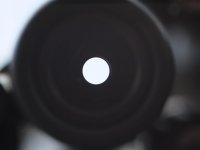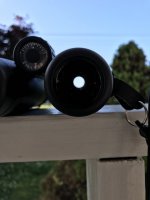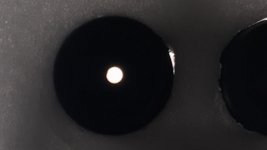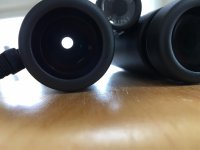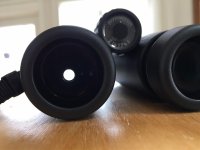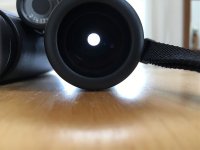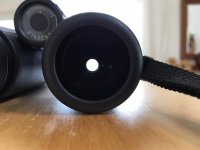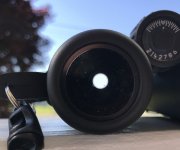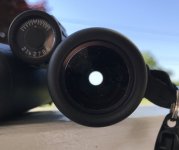The Kingfisher
Well-known member
I have the 8x42 Noctivid and my sample has exit pupils that are not perfectly round. They are not bright 360 degrees, because a couple of "black parts" are visible at the edge of the circles. Especially in the left exit pupil.
Can you see this too in your Noctivids or are the exit pupils perfectly round?
Can you see this too in your Noctivids or are the exit pupils perfectly round?




